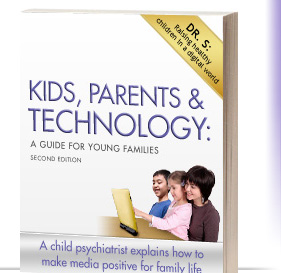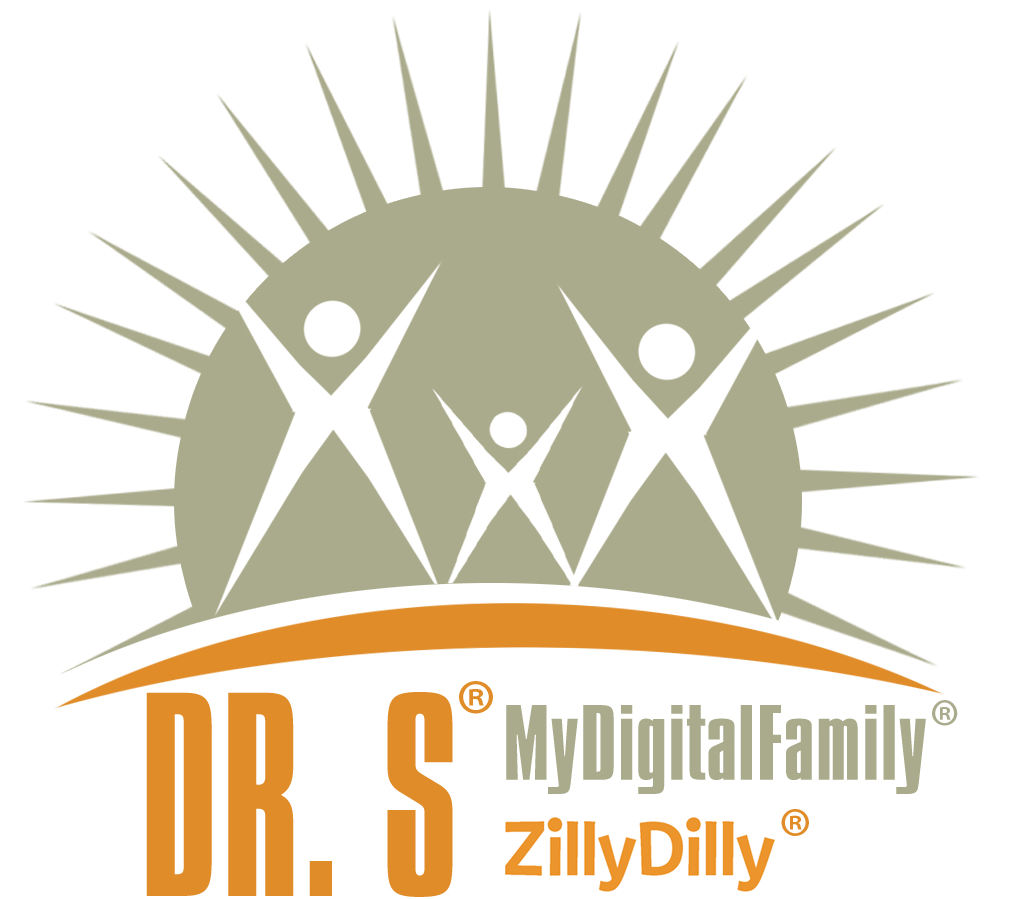From Addicting Games Takes on the Teen Market
12.25.09
Over the past decade of working with kids and families, I have seen how interactive digital technologies have invaded homes helter-skelter and have become lightening rods for conflict, while the potential benefits have received almost no attention. In my practice, I see more and more vacant kids and families surprisingly empty and superficial. Connectivity has exploded. It is not the same as friendship nor intimacy. In fact, connectivity seems to trivialize intimacy and friendship, except for girls of at certain ages, where it may be developmentally helpful (although certainly not necessary.) Effects on the developmentally-essential process of mastering separation anxiety and evolving individuation have not been studied, but much seems to now be up for grabs as kids reach parents in a whim and impulse and parents over-schedule and hover over them. Personal boundaries are porous. Increasing clutter and noise seem to dilute and hide authenticity and genuineness. Younger and younger kids — infants and toddlers — are given videos and digital devices without supervision. Intelligent, mobile, social, pre-programmed dolls will soon be coming for play dates with infants in their cribs and toddlers in their playpens.
Studies show that kids over eight spend eight hours daily with some sort of media, often junk. Family members have fewer interactions in homes that have more digital media, and the number of such homes is growing. Video games get a lot of discussion and press. The picture is complex, but they do seem to enhance visual-motor skills and offer some socialization and be relatively harmless (except for the obesity enhancing sedentary-ness, time eaten up, and actual damage to kids in certain high risk groups.) Long-term effects are not clear. The whole process is driven by a robust and exceptionally brilliant entrepreneurial industry — software, media, and hardware — that is a miraculous economic engine, but not at all pro-social or family- or child-centered.
Many of today’s mental health practitioners, who have themselves been raised with digital media – or raised their own families with online PCs, may think they understand the current situation. Actually, things are not at al the same as they were even yesterday or a year ago — certainly not as they were then or five or ten years ago. Clinicians have tended to avoid the topic — often because of lack of techno-savvyness, or inappropriately regarding the area with suspicion and then merely suggesting restriction or filtering.
I wonder if we in the therapeutic community are aware enough about all that is going on — it seems that we are really not active enough in inquiring about and helping parents manage the use of new technologies to benefit family lives with healthy media diets. So, I began working in this space about 6 years ago in therapy with kids up to 18 (see my presentation at the APA 5/09 www.mydigitalfamily.org > PRESS> PRINT and chapter 12 in my book, based on sound child-development principles to guide parents.) I believe that people in our field can act as leaders and advocates in popular culture to make great uses of these technologies.
This topic deserves much more discussion. Technology can be a real asset in the home, as it has been elsewhere. And besides – it is here to stay. Conditions are changing at the speed of light out there as amazing new technologies seduce kids and parents alike –and not necessarily all for the good. And this is all likely to accelerate. We need to be more proactive and lead rather than merely react.



Home Digital Media: Assets or Liabilities for Children and Family Life?
From Addicting Games Takes on the Teen Market
12.25.09
Over the past decade of working with kids and families, I have seen how interactive digital technologies have invaded homes helter-skelter and have become lightening rods for conflict, while the potential benefits have received almost no attention. In my practice, I see more and more vacant kids and families surprisingly empty and superficial. Connectivity has exploded. It is not the same as friendship nor intimacy. In fact, connectivity seems to trivialize intimacy and friendship, except for girls of at certain ages, where it may be developmentally helpful (although certainly not necessary.) Effects on the developmentally-essential process of mastering separation anxiety and evolving individuation have not been studied, but much seems to now be up for grabs as kids reach parents in a whim and impulse and parents over-schedule and hover over them. Personal boundaries are porous. Increasing clutter and noise seem to dilute and hide authenticity and genuineness. Younger and younger kids — infants and toddlers — are given videos and digital devices without supervision. Intelligent, mobile, social, pre-programmed dolls will soon be coming for play dates with infants in their cribs and toddlers in their playpens.
Studies show that kids over eight spend eight hours daily with some sort of media, often junk. Family members have fewer interactions in homes that have more digital media, and the number of such homes is growing. Video games get a lot of discussion and press. The picture is complex, but they do seem to enhance visual-motor skills and offer some socialization and be relatively harmless (except for the obesity enhancing sedentary-ness, time eaten up, and actual damage to kids in certain high risk groups.) Long-term effects are not clear. The whole process is driven by a robust and exceptionally brilliant entrepreneurial industry — software, media, and hardware — that is a miraculous economic engine, but not at all pro-social or family- or child-centered.
Many of today’s mental health practitioners, who have themselves been raised with digital media – or raised their own families with online PCs, may think they understand the current situation. Actually, things are not at al the same as they were even yesterday or a year ago — certainly not as they were then or five or ten years ago. Clinicians have tended to avoid the topic — often because of lack of techno-savvyness, or inappropriately regarding the area with suspicion and then merely suggesting restriction or filtering.
I wonder if we in the therapeutic community are aware enough about all that is going on — it seems that we are really not active enough in inquiring about and helping parents manage the use of new technologies to benefit family lives with healthy media diets. So, I began working in this space about 6 years ago in therapy with kids up to 18 (see my presentation at the APA 5/09 www.mydigitalfamily.org > PRESS> PRINT and chapter 12 in my book, based on sound child-development principles to guide parents.) I believe that people in our field can act as leaders and advocates in popular culture to make great uses of these technologies.
This topic deserves much more discussion. Technology can be a real asset in the home, as it has been elsewhere. And besides – it is here to stay. Conditions are changing at the speed of light out there as amazing new technologies seduce kids and parents alike –and not necessarily all for the good. And this is all likely to accelerate. We need to be more proactive and lead rather than merely react.